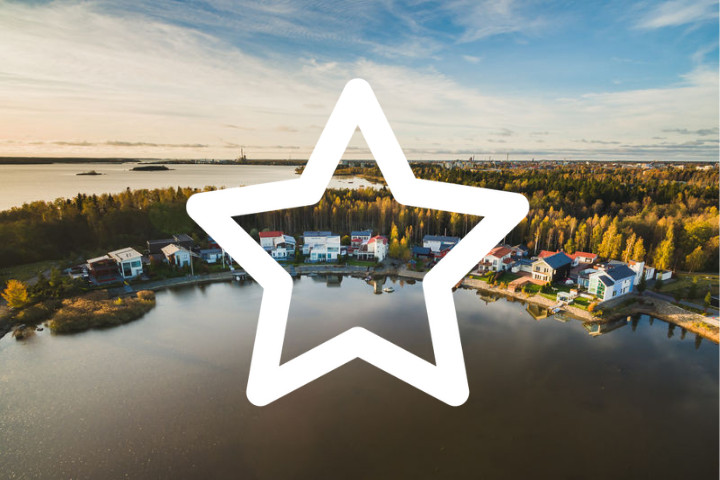Vaasa region is one of Finlands most multilingual and international regions. The development of the share of the international population has been rising fast in the Vaasa region during the 21st century. We speak almost a hundred different languages and include 120 different nationalities (City of Vaasa’s own statistics).
In addition to statistics, internationality is also reflected in workplaces, schools, kindergartens, hobbies and, of course, in the street scene.
I you can’t see the whole graph, you can change the size of the page by using the browser’s zoom. If the graph can be seen only partially, at the end of the last graph there is a grey bar and you can scroll the page laterally.
When you hover your mouse over the graph, you get more specific information about its contents.




